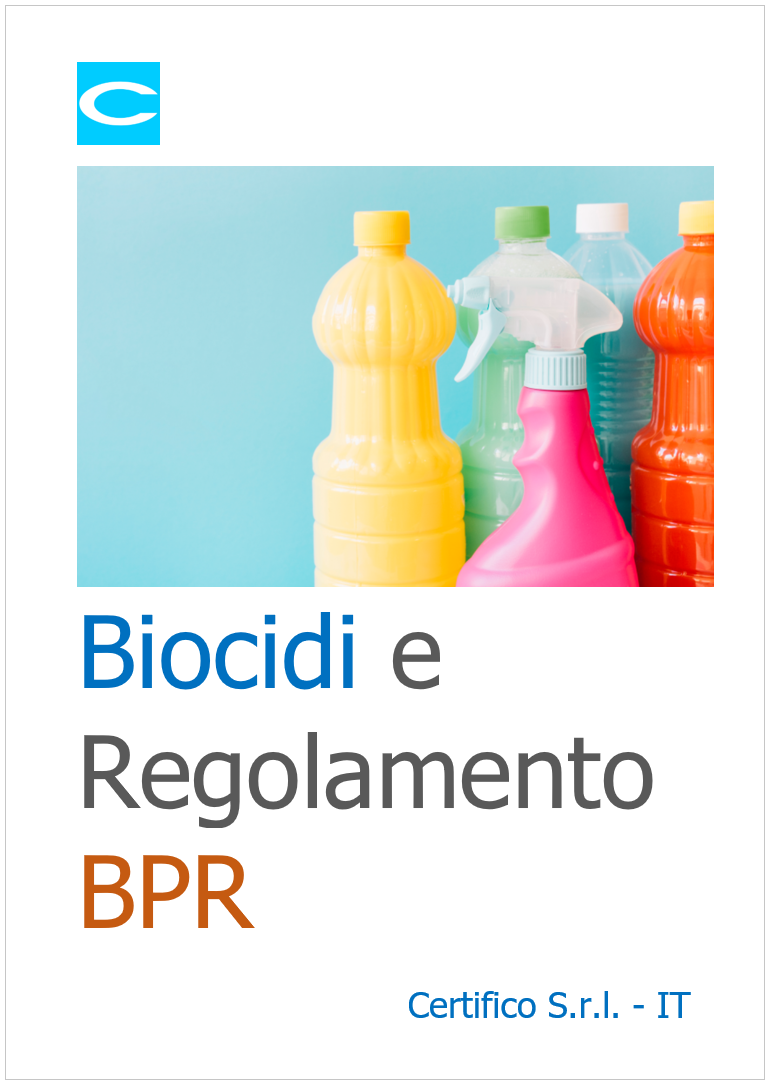Informazione tecnica HSE / 25 ° anno
/ Documenti disponibili:
45.508
/ Documenti scaricati: 34.250.912
/ Documenti scaricati: 34.250.912
ID 22632 | 28.09.2024 / Attached
Port areas are critical infrastructure of strategic importance
Ports can host a large number of different activities, from transport of goods, bulk storage, fuel bunkering, oil refining and chemical manufacture, to passenger transportation, marina operation and residential locations. There are significant economic activities for the industries using the port. They provide import and export facilities for the surrounding region and possibly to other regions and countries without maritime or river access.
Port areas can handle hazardous substances and are subject to chemical accidents
Amongst the activities that take place in ports, many can involve the manufacture, transport and storage of hazardous substances. Recent major chemical accidents at port areas have shown the huge impact that these accidents can have and the importance of sound prevention, preparedness and response measures.
Port areas are at the interface of landside, transport, ports and maritime regulations
The different types of regulations applying at port areas can create challenges in the establishment of the chain of command and in the management of safety. There are multiple levels of control and responsibilities can be difficult to establish. It is important to ensure that nothing falls outside of regulations and that all the different pieces of regulations come together so that the risk from hazardous substances is fully managed. Cooperation, coordination and communication across relevant authorities is important.
Governance and leadership
There is a need for clear leadership and accountability at the port area with assigned people who ensure overall safety and coordination. The difficulty of applying regulations for chemicals that are in transit and to establish liability was raised.
The challenge of temporary storage
Managing hazardous substances that are considered in temporary storage was highlighted as a major concern. There are challenges in communicating “real-time” information about the transit of these chemicals. They may stay in the port longer than anticipated because of a variety of reasons (e.g. shipping delays, insolvability) causing concern for management of safety for longer term storage. There is also constant shifting of quantities and types of chemicals in temporary storage that can create, for example, particular difficulties for responders in case of an accident but also difficulties in ensuring that proper safety measures are in place at all times. The definition of temporary storage also varies between countries.
Importance of organising preparedness and response
There are particular challenges for organising preparedness and response at port areas. The variety of activities at the port, the many stakeholders present, the fact that ports are often located in densely populated areas include many of the challenges for responders in the case of an accident. Furthermore, in recent port disasters, emergency responders were among the first victims of the disaster.
The events raised the importance of carefully developing emergency plans at port areas and organising regular training and exercises with key stakeholders.
Also emphasised is the importance of communication on accidents prevention and response for all the port’s stakeholders that are faced with risks.
Risk from new energy sources
Concerns about energy security combined with the fast development of low carbon/carbon free fuels strategies are changing the landscape of activities at port areas. Countries are importing more fuels by sea, and there are plans to increase the use of new sources of energy such as hydrogen and ammonia.
It is critical to understand the range of risks that these changes will imply, including the development of realistic scenarios for risk assessment. Bunkering was raised as a particular challenge.
Risks from natural hazards
Natural hazards, such as lightning, earthquakes, floods, winds or storms, can initiate adverse events which challenge the safety and operation at port areas and can result in a chemical accident.
These accidents are referred to as Natural hazard triggered technological accidents - Natech. Recent large scale chemical accidents at ports have shown the significant impacts accidents triggered by natural hazards can have on people, the environment, infrastructure and business continuity.
Changes in climate may affect the intensity, frequency and location of natural hazards, and change the risk profile of a port.
Possible areas/projects as follow-up to the seminar series were mentioned as:
- The development of a mapping document on the changing nature of ports with a forecast on what the future could look like in 5, 10 and 15 years;
- The development of realistic scenarios for new risks at port areas (e.g. in the case of ammonia bunkering, and risks from natural hazards);
- The development of a list of factors that stakeholders should consider to organise regulations and risk management/oversight practices for landside/ports and maritime to reduce gaps in managing risk emphasising governance and leadership and covering the entire risk management cycle.
[...]
add attached
OECD
Collegati
eNatech Database EC
Rischio Natech da sisma per stabilimenti soggetti al d.lgs.105/2015
Guidance Natech risk management
Natech e stabilimenti Seveso: la nuova UNI/TS 11816-1
Valutazione dei rischi NaTech/box-note]

ID 7648 | 28.01.2019
Il Ministero della Salute, Direzione generale della programmazione sanitaria, ha elaborato, in collaborazione con esperti di Regioni e P...

ID 18703 | 19.01.2023
Decreto 25 novembre 2022 n. 208 - Regolamento recante l'aggiornamento al decreto del Ministro della...

ID 2604 | Update 21.03.2025 / Documento completo in allegato
Il regolamento relativo ai biocidi (BPR, regolamento (UE) n. 528/2012) concerne l’immission...
Testata editoriale iscritta al n. 22/2024 del registro periodici della cancelleria del Tribunale di Perugia in data 19.11.2024